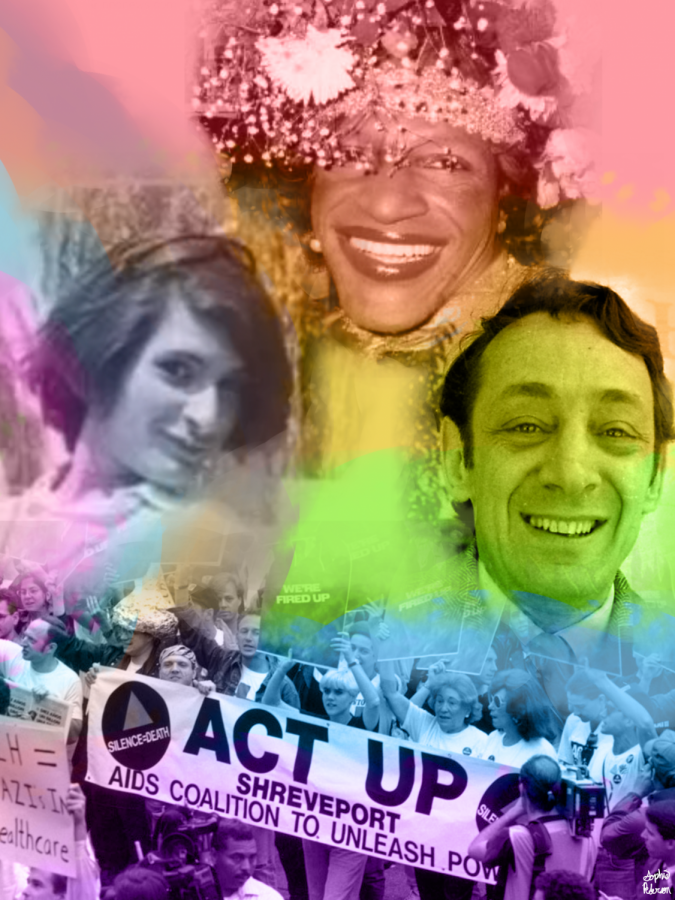Evaluating The Impact Of Teaching Queer History To High School Students
October 29, 2021
October marks the National LGBTQ+ history month. Established in 1994 by Rodney Wilson, a high school history teacher from Missouri, this month celebrates the rich and diverse histories of queer people, queer culture, and the perpetual struggle for queer civil rights. October 14 also marks the anniversary of the first march for gay rights in Washington, which took place in 1979.
Since queer history has once again risen to the forefront of conversations, questions are also being asked about whether Minnetonka High School does its due diligence of teaching such history adequately. There has also been quite a bit of discussion about the value of teaching queer history to high school students.
When asked whether schools should teach LGBTQ+ history, Dr. Shannon Puechner, a Writing Center lead coach and an adviser of the Gender and Sexuality Alliance, said, “I think…for any group of people, they want to see themselves reflected in the curriculum.”
Gender and Sexuality Alliance leader, Eliot Yeshaya, ‘23, further stated that schools should teach more LGBTQ+ history, and they also voiced their concerns about how queer history is taught at Minnetonka.
“[O]verall, I have always been very disappointed in how much [teachers] skim over [queer] topics,” they said. “Like on the topic of Stonewall. My history class…talked about it very briefly, [queer activism] got no coverage, and the rest of LGBTQ history was swept under the rug.”
“When little queer history is taught, it can feel alienating [to queer people],” Yeshaya said. “If queer history is taught, then [queer people] can feel like they are a part of history, they can feel like there are other people like them and there will be other people like them in the future.”
Puechner explained that a person’s family can often connect them to a community of people through family knowledge and history, yet that may not always be so for all queer people. Most queer people cannot rely on their families to teach them queer history or connect them to the queer community. Due to these challenges, a queer person seeing themselves represented in curriculum can be empowering.
Yeshaya also noted that queer history is closely tied into many civil rights movements over the years. For example, the influential civil rights movements of the 1960s and 70s overlapped.
They said that “Teaching…intersectionality is really important to help people understand that [they are] not separate issues.”
Speaking to the importance of each student seeing themselves represented in high school curriculum, Puechner highlighted the opportunity inclusive history has to create a complex portrait of any person of any identity.
“If you don’t know about authentic, truthful, positive representations of other groups,” said Puechner, “the only other thing you can rely on is stereotypes, images from popular culture, or any other prejudices you may have.”
Bringing a true, positive light on the LGBTQ+ community can foster empathy and understanding between people within and outside of that community.
Puechner also said that she wasn’t sure what teaching queer history looks like in current curriculum, but Yeshaya and others stated that they saw it as highly valuable to all high school students. Making it known to teachers the inherent value of teaching LGBTQ+ history will help more teachers implement related subjects into their curriculums, causing more queer students to feel seen and welcomed. While teachers work on improving their curriculums, students can take this October to spend some time learning more about queer history themselves with the resources at their disposal, making them more knowledgable and empathetic individuals.






























